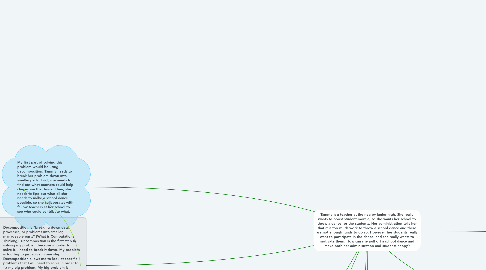Tammy is a teacher at the nearby junior high. She really wants to boost student morale, so she wants her school to throw a dance for the students. Her administration tells her that it is too much work to throw a school dance and there are not enough funds to do so. However, her students really want to participate in the dance, and she really wants to motivate them. How can she pull off a school dance and make both her administration and students happy?
by Shawni McHugh

1. My next step is pattern recognition. Pattern recognition is “observing patterns, trends, and regularities in data” (What is Computational Thinking). Finding patterns can help Tammy find simpler ways to solve the smaller parts of her problem. She researches different trends for school dances and finds some typical things that are needed for school dances.
2. Decomposition is “breaking down data, processes, or problems into smaller, manageable parts” (What is Computational Thinking). Decomposition is the first step in solving my problem because in order to solve it, I need to break it down. My problem is too big to just solve in one step. Decomposition allows me to look at specific problems that I will need to solve in order to fix my big problem. My big problem is Tammy wants to throw a school dance for the students, but her administration is not on board because of funding and all the work involved. She cannot solve this problem without breaking it into smaller steps. By decomposing the problem, she is able to see what all she needs to do to solve her problem.
3. My next part of solving this problem would be recognizing patterns. After conferring with her fellow staff and some online resources, tammy observes specific patterns. Typical school dances need chaperones, a DJ or music player, food, drinks, some games, and publicity.
4. My first part of solving this problem would be using decomposition. Tammy needs to break her problem down into smaller parts. First, she needs to find out what teachers could help chaperone the dance. Then, she needs to find out what all she needs to make a school dance possible, so she collaborates with fellow teachers at her school to see who could contribute what.
5. My next step to solving this problem would be algorithm design, or developing steps to solve the problem. Tammy is able to divide the workload of the dance to 12 other teachers and the student council. She found 12 willing teachers who will help chaperone and who will work alongside her on the planning committee. Tammy was able to talk the athletic director into letting the dance be held in the gym. The gym has a ipod cord to play music, so Tammy found a student who is going to make a playlist that will be played at the dance. The English department is going to bring soda for drinks. The history department is going to bring cupcakes and cookies. The math department is going to bring some fruit platters. The science department is going to bring cups, plates, and utensils. The fine arts department is going to bring ice and candy. The special education department is going to bring chips and different dips. The librarian is going to bring board games that she uses in the library. Tammy lets the school’s student council help out with making posters advertising the dance, and these posters are posted in the school halls.
5.1. j
6. Tammy then “reviews how the solution transfers to similar problems” to create an abstraction (Yadav). Tammy finds that the school dance can be the big project for student council. She lets them collaborate and plan the dance. She helps them set up a fundraiser that will fund everything they need for the dance. Every year, it grows more and more and they are able to enhance the dance. This solution changes the morale and standard of the school and the policies they have for school dances.
7. After Tammy finds trends and patterns, she needs to design an algorithm. An algorithm is similar to making a recipe, it is step by step directions for solving the problem (Yadav). Tammy uses an algorithm to solve her problems of funding and high workload. She uses resources around her to find specific things that she needs for the dance. She delegates tasks to different departments so that the school does not have to use school funds. She finds a location for the dance for free and brings student council into the planning process to help with publicity.
8. My last step in solving this problem is to generalize trends and patterns into rules, principles, or insights into an abstraction. Tammy realizes that the student council played a huge part in pulling off the school dance. The next school year she implements the school dance planning and strategizing into the student council’s events. At the beginning of the year, they brainstorm ideas for the upcoming dance that year and come up with fundraising ideas to make the dance bigger and better. They end up raising enough money to fund the whole dance. Every year, the dance changes and grows as a dynamic thing students can work hard for.
9. Citations: “What is Computational Thinking?” Computational Thinking for Educators, Google, computationalthinkingcourse.withgoogle.com/unit. Accessed 8 October 2017. Yadav, A., Hong, H. & Stephenson, C. 2016. Computational thinking for all: Pedagogical Approaches to Embedding 21st Century Problem Solving in K-12 classrooms. TechTrends, 60(6), 565-568.



